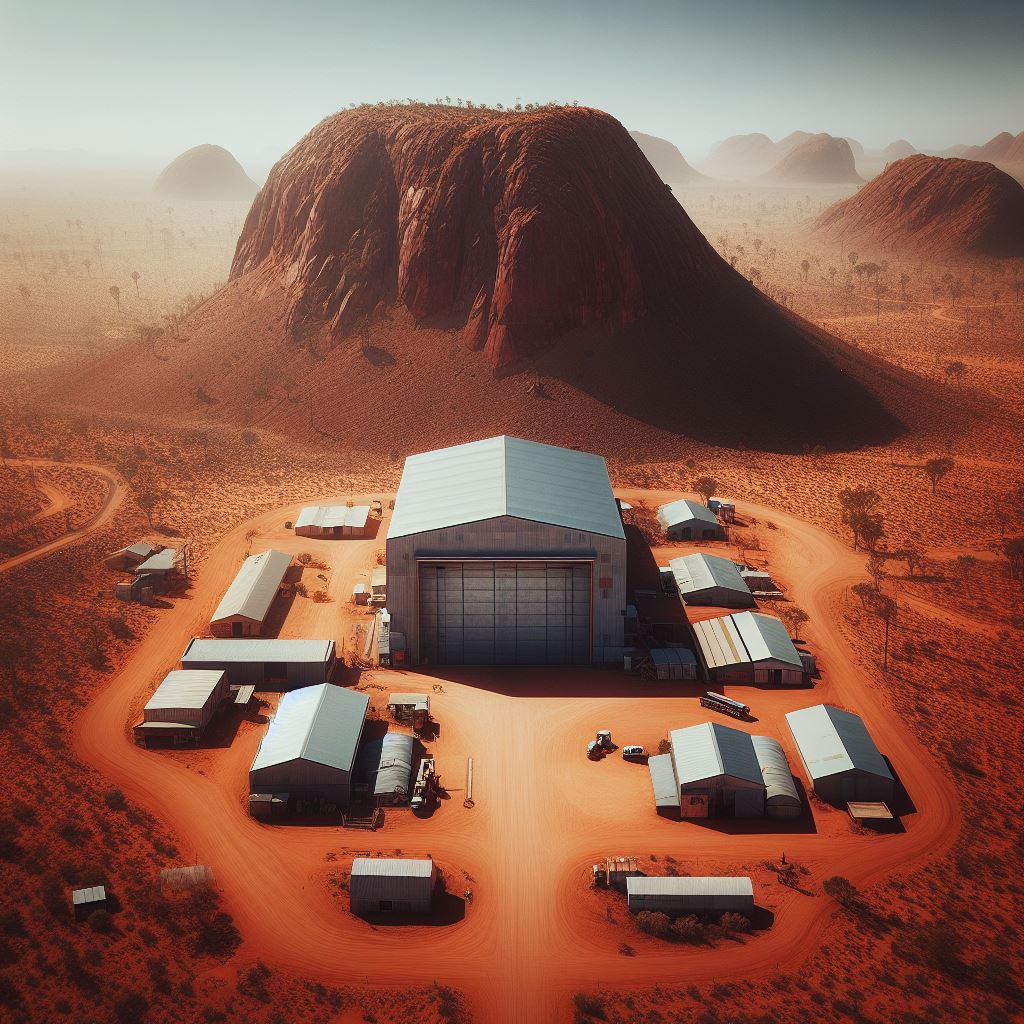Fiordland, New Zealand, March 2083
Sebastian embarked on another tour of the vast complex he had sculpted into the New Zealand landscape. Viewed from both the air and the ground, it seemed rather unassuming: just a warehouse, a handful of scattered outbuildings, and a sizable metallic door nestled into the mountainside. Yet, beneath the surface and utilising miles of abandoned mines, a different story unfolded.
He had christened the structure Extinction City, a fitting title for the headquarters of The Extinction League. Only forty-three members of the League lived and worked within the complex; although, he had planned for the full complement of two hundred to join within the next six months.
Sebastian engineered the complex to withstand the devastation he intended to unleash upon the planet. The construction materials were designed to stand firm against formidable forces. His personal involvement in their development dated back to his tenure at his father’s company, where he participated in constructing and evaluating the materials. This process involved testing their performance in outer space, utilising satellites as a platform for experimentation. With firsthand knowledge of their capabilities, he knew that these materials could withstand any challenge.
With the exception of a select few employees privy to Sebastian’s grand scheme, everyone else in AMMRI, believed they were simply carrying out their daily duties, unaware of their crucial role in constructing a shelter meant to safeguard a group of two hundred people from a catastrophic global event.
The complex’s location couldn’t have been more fitting. Nestled in Fiordland, a remote and rugged area famed for its resilience against seismic activity, it offered a considerable level of security. While no place could guarantee absolute immunity from natural disasters, it boasted a low risk of major geological events compared to numerous other regions. Sebastian acknowledged New Zealand’s position along the boundary between the Pacific and Indo-Australian tectonic plates. Yet, he had taken precautionary measures to shield this specific area, ensuring it wouldn’t fall within the target range of the GRD.
The interior of Extinction City stood as an impressive marvel. Its expansive size offered ample space for the group to live and work. The complex featured a sophisticated ventilation system equipped with air filtration capabilities, ensuring impeccable air quality and circulation while blocking external contaminants. Abundant storerooms housed reserves of food, water, and medical supplies, guaranteeing sustenance for an extended period. In addition, the complex boasted cutting-edge waste management systems and also provided cosy sleeping quarters, communal areas, and dedicated spaces for recreation.
Spanning an entire floor within the vast five-story complex, the vehicle bay boasted integrated ramps, enabling convenient ingress and egress. The space was filled with an array of military-style vehicles, encompassing rugged off-road four-wheel-drive jeeps, sturdy tracked armoured personnel carriers, assorted excavators and diggers of varying sizes and specifications, a fleet of motorcycles, and a quartet of state-of-the-art helicopters.
Within this expansive bay, a fortified section housed ammunition, armaments, and plentiful reserves of fuel, oil, and lubricants. Moreover, a dedicated workshop area offered ample space for servicing and maintaining up to ten vehicles at one time.
The heart of the complex housed the GRD control room, a communications hub, and reliable backup power sources ensuring a continual electricity flow. The control room was a remarkable sight, housing the GRD itself alongside an allocated space dedicated to overseeing the Network. Rows of monitors filled the area, each linked to the satellites encircling the Earth. These monitors streamed real-time data from the satellite’s quantum computing systems and controlled their directed energy emitters.
Security measures were stringent, employing state-of-the-art biometric applications to regulate access. Reinforced doors, tamper-proof surveillance, and stringent protocols added further layers of protection. For those undeterred by these barriers, Jonas and his select cadre of proficient enforcers stood prepared to dissuade any unauthorised entry.
Sebastian didn’t anticipate an extended confinement within Extinction City, yet he had prepared for such an eventuality. According to his projections, the inhabitants within the complex could sustain themselves comfortably for two years, despite his expectation of only a seven-month stay. His scientists had assured him that seismic activity would stabilise within four months; but, Sebastian remained sceptical, trusting his own judgment over their assurances.
His tour culminated in the theatre, a space capable of seating more than two hundred people. Dominating the room was a monumental cinema screen, stretching fifty meters wide and soaring thirty meters high. Every element exuded opulence, from the plush seating to the cutting-edge audiovisual setup. However, the centrepiece stole the show: a suspended lectern, gleaming in 24-carat gold, adorned with Sebastian’s initials and accentuated by an array of precious gems.
This elevated podium served as an ideal stage, enabling him to address his devoted members and prepare them for the upcoming new world. He envisioned delivering a weekly sermon, with each compelling speech followed by a movie screening, thereby establishing a cherished tradition within the community.
If you would like to buy the book, it is currently available on Lulu.com – BUY NOW


